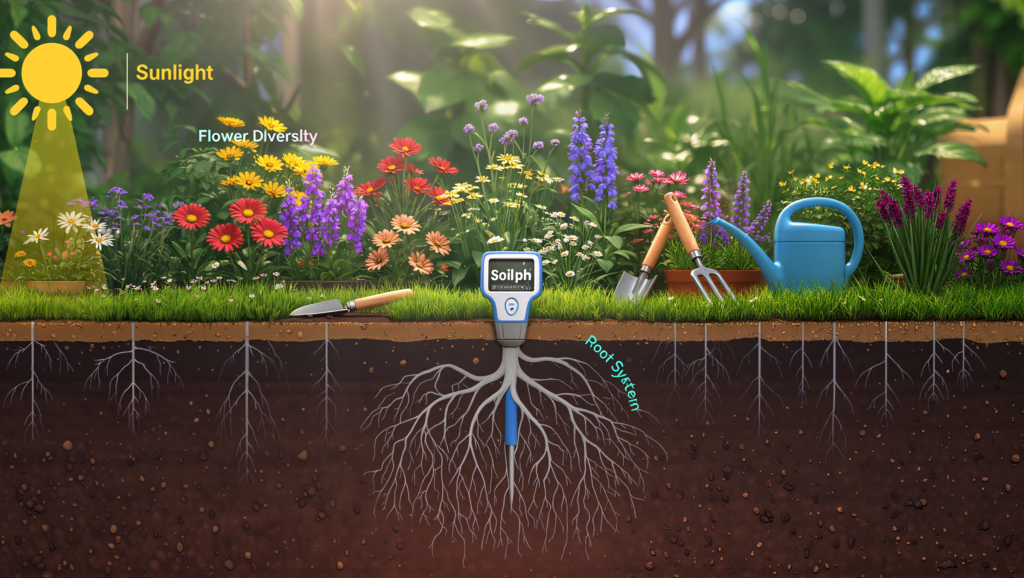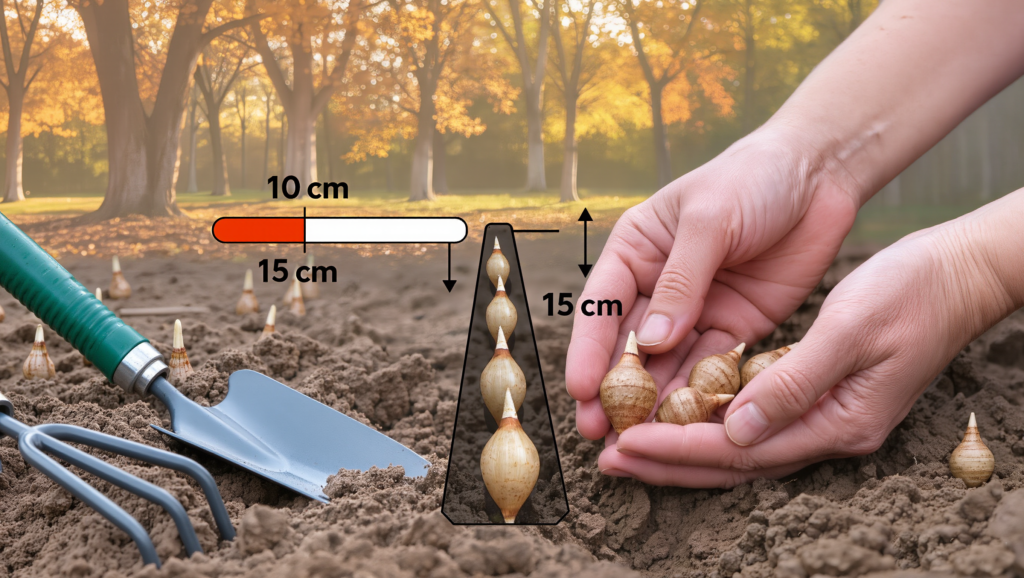Staying consistent with exercise and fitness routines can sometimes feel challenging, especially with busy schedules and the endless information out there. But with a few simple hacks and tips, you can maximize your workout efficiency and make staying fit an enjoyable part of your life. We have put together six fitness hacks and tips to help you stay on track, boost your results, and keep things fun.
1. Incorporate HIIT (High-Intensity Interval Training) for Maximum Efficiency
Short on time? Try HIIT (High-Intensity Interval Training) to maximize your workout in a shorter period. HIIT involves short bursts of intense exercise followed by brief rest periods.
Benefits of HIIT:
- Burns More Calories: HIIT workouts help burn more calories in a shorter amount of time compared to traditional steady-state cardio. Research published in the Journal of Strength and Conditioning Research found that HIIT can burn 25-30% more calories than steady-state cardio in the same amount of time.
- Boosts Metabolism: HIIT not only helps you burn calories during the workout but also continues to burn calories afterward through a process known as Excess Post-Exercise Oxygen Consumption (EPOC). Your body works hard to return to its resting state after HIIT, which helps boost metabolism.
- No Equipment Needed: HIIT can be done with just your body weight, making it a cheap fitness routine and convenient for at-home or on-the-go workouts.
How to Start HIIT:
- Choose exercises like jumping jacks, burpees, or squats.
- Perform 30 seconds of intense exercise, followed by 15–30 seconds of rest. Repeat this cycle for 20-30 minutes.
2. Mix It Up with Strength Training
Cardio is great, but if you want to tone your muscles, boost metabolism, and improve overall strength, incorporating strength training is essential.
Why Strength Training is Important:
- Builds Muscle and Burns Fat: Strength training helps build lean muscle, which burns more calories at rest than fat. The more muscle you have, the higher your resting metabolic rate, which helps with long-term fat loss.
- Supports Bone Health: According to Harvard Health, lifting weights or doing bodyweight exercises helps improve bone density and prevent osteoporosis, especially as you age.
- Improves Everyday Function: Strength training makes everyday tasks easier, like lifting groceries or climbing stairs, by improving your overall strength and endurance.
How to Start Strength Training:
- Use bodyweight exercises like push-ups, squats, and lunges if you don’t have equipment.
- If you have dumbbells or resistance bands, incorporate them into your workouts for more intensity.
- Aim for at least two days a week of strength training, focusing on different muscle groups.
3. Create a Consistent Routine by Scheduling Your Workouts
When it comes to fitness, consistency is key. One of the best ways to stay consistent is by scheduling your workouts like any other important appointment.
Why Scheduling Works:
- Makes Fitness a Priority: By blocking out time for exercise, you’re less likely to skip it. Studies show that people who plan their workouts are more consistent and committed to their fitness routine.
- Helps Build a Habit: Repetition is crucial to forming a lasting habit. When you work out at the same time every day, your brain starts to expect it, and soon enough, it becomes second nature. According to James Clear, author of Atomic Habits, repeating a behavior in the same environment forms neural pathways that make habits stick.
- Reduces Decision Fatigue: When you’ve already scheduled a workout, there’s no need to decide if or when you’ll exercise. This minimizes excuses and makes it easier to follow through.
How to Schedule Your Workouts:
- Look at your weekly calendar and block out 30–60 minutes on workout days, whether it’s early in the morning, during lunch, or after work.
- Treat these time slots like a meeting—you wouldn’t cancel an important meeting, so don’t cancel your workout!
4. Use the “10-Minute Rule” to Beat Procrastination
Have you ever dreaded starting a workout, but once you began, you felt great and finished the whole session? That’s the power of the “10-Minute Rule.”
How the 10-Minute Rule Works:
- Start with Just 10 Minutes: On days when you feel unmotivated or too tired, commit to just 10 minutes of exercise. Whether it’s walking, stretching, or doing a few bodyweight exercises, tell yourself you only have to work out for 10 minutes.
- Keep Going: Most of the time, once you start moving, you’ll feel better and want to keep going. The hardest part is often just starting. Research shows that once you initiate a task, you’re more likely to finish it due to the “Zeigarnik Effect,” which is the psychological tendency to want to complete something once it’s started.
- Consistency Beats Perfection: Even if you only do 10 minutes, it’s better than skipping a workout entirely. The key is to stay consistent, even on tough days.
5. Set Small, Achievable Goals to Stay Motivated
When it comes to fitness, it’s easy to get discouraged by setting unrealistic goals. For example, aiming to lose 20 pounds in a month or running a marathon without any prior training is setting yourself up for failure. Instead, start with small, achievable goals that will motivate you to continue.
Why Small Goals Work:
- Build Momentum: Achieving smaller goals gives you a sense of accomplishment and motivates you to keep going. According to Psychology Today, the sense of achievement we get from reaching a goal, no matter how small, releases dopamine, which is linked to feelings of pleasure and motivation.
- Easier to Track Progress: Small goals help you track progress more effectively. For example, setting a goal to walk 30 minutes a day for a week is easier to manage than aiming for several hours of gym time upfront.
- Boosts Confidence: When you achieve small goals, your confidence grows, making it easier to tackle bigger challenges later on.
How to Set Small Goals:
- Break down your bigger fitness goals into weekly or monthly milestones. For example, if your goal is to lose weight, aim to shed 1-2 pounds per week rather than focusing on the final number.
- Reward yourself when you hit these milestones. This could be as simple as a treat meal, a relaxing day off, or a new piece of workout gear.
6. Stay Hydrated and Fuel Your Body Right
Exercise is only part of the equation. What you eat and drink plays a huge role in your fitness success.
Why Hydration and Nutrition Matters:
- Boosts Performance: Staying hydrated ensures that your muscles function properly and helps prevent cramps and fatigue. According to The American Council on Exercise, even mild dehydration can negatively impact exercise performance.
- Supports Recovery: Eating a balanced diet with enough protein, healthy fats, and carbohydrates fuels your workouts and helps your body recover afterward. Protein, in particular, is essential for repairing muscles after exercise.
- Improves Overall Health: Eating nutrient-dense foods, like fruits, vegetables, lean proteins, and whole grains, provides the vitamins and minerals your body needs to perform at its best.
Hydration and Nutrition Tips:
- Drink water throughout the day and aim for at least 8 cups daily, more if you’re active.
- Eat a balanced meal or snack 30-60 minutes before your workout for sustained energy. For example, a banana with peanut butter or a smoothie with protein powder can fuel your workout.
- Refuel with a post-workout snack containing protein and carbs within 30 minutes after your workout to support recovery.
Conclusion Getting fit doesn’t have to be complicated. Remember, small steps lead to big results, and with these simple hacks, you’ll be on your way to reaching your fitness goals.








